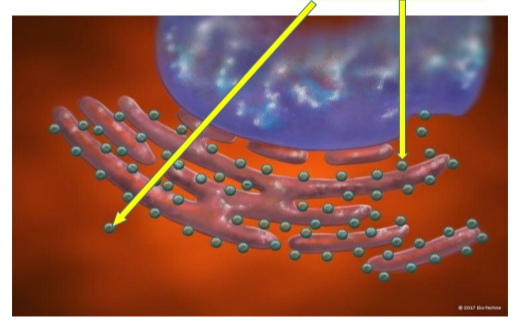COMMON COMPONENTS OF CELL (2nd lesson)
1/21
There's no tags or description
Looks like no tags are added yet.
Name | Mastery | Learn | Test | Matching | Spaced |
|---|
No study sessions yet.
22 Terms
cells
All living organisms are made up of one or many ______.
Cells
_____ are the basic building blocks of all living things.
preexisting cells
All cells arise from _______.
structure, nutrients, energy, specialized functions
Cells provide ________ for the body, take in ______ from food, convert those nutrients into ______, and carry out _______.
hereditary, copies
Cells also contain the body’s _______ material and can make _______ of themselves.
function, organelles, specialized
Cells have many parts, each with a different ______. Some of these parts, called ______, are ________ structures that perform certain tasks within the cell.
COMMON COMPONENTS OF ALL CELLS
Plasma Membrane
Cytoplasm
Deoxyribonucleic Acid (DNA)
Ribosomes
Plasma Membrane
- separates cell from external environment.
- controls the passage of organic molecules, ions, water, oxygen, and wastes (such as carbon dioxide and ammonia) into and out of the cell.
- has a phospholipid bilayer ( a layer of two sheets, barrier around cells)
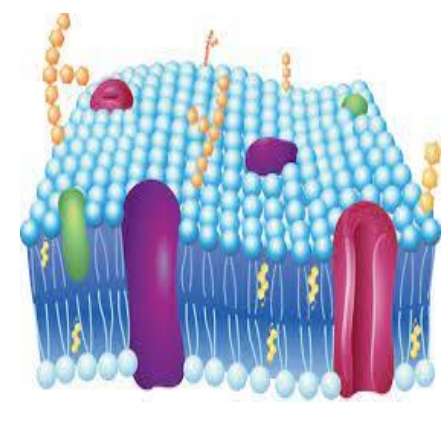
plasma membrane
_____ has 2 layers of
MOLECULES = BILAYER
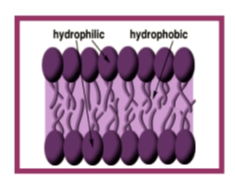
hydrophobic, hydrophilic
Each phospholipids has a _______ and _______ end.
hydro
water
phobic
fear or afraid
philic
love or loving
Cytoplasm
- the entire region of a cell within the plasma membrane.
- In eukaryotes, it is made up of organelles suspended in the
gel-like cytosol, the cytoskeleton, and various chemicals.
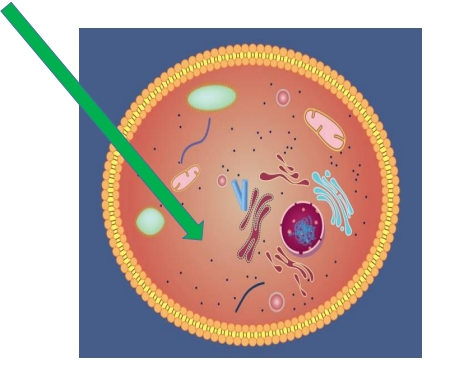
Nucleus
in eukaryotic cell, is a structure that houses the DNA and directs synthesis of ribosomes and proteins
- _____ is inside the cell
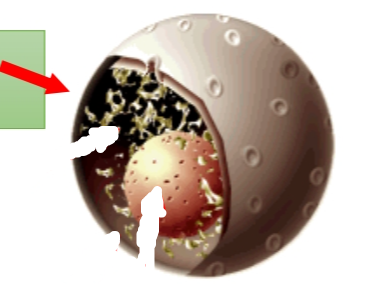
Chromosomes
are structures within (inside) the nucleus that are made up of DNA, the hereditary material.
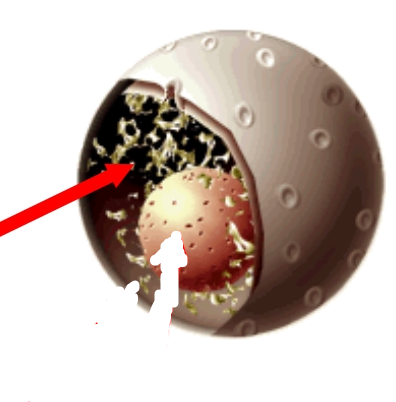
Nuclear Envelope
membrane enclosing the nucleus; allows materials protein-lined pores to move in and out
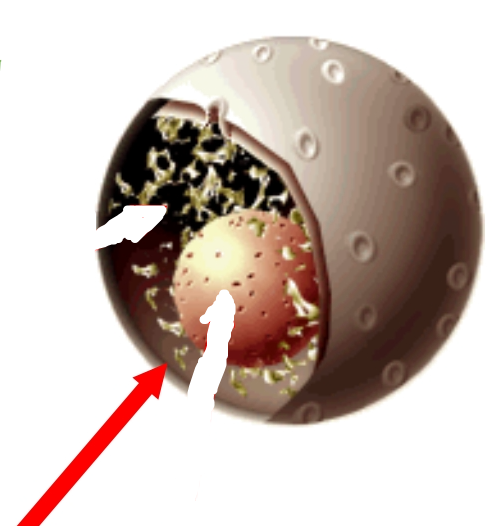
Nucleolus
a spherical structure found in the cell's nucleus in which the primary function is to produce and assemble the cell's ribosomes
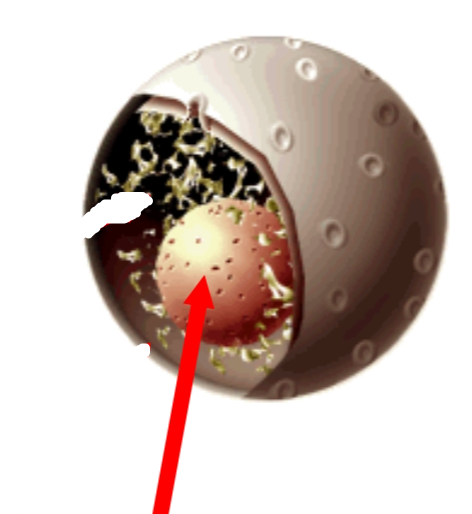
DNA
carries the genetic information of a cell. It specifies everything that is needed for the maintenance, function, and replication of the cell.
nucleoid
The DNA in prokaryotes is contained in a central area of the cell called the ______, which is not surrounded by a nuclear membrane.
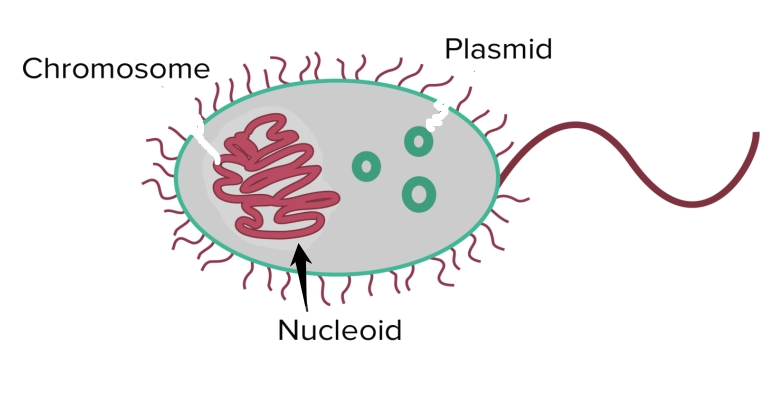
plasmids
Many prokaryotes also carry small, circular DNA molecules called _____ , which are distinct from the chromosomal DNA and can provide genetic advantages in specific environments.
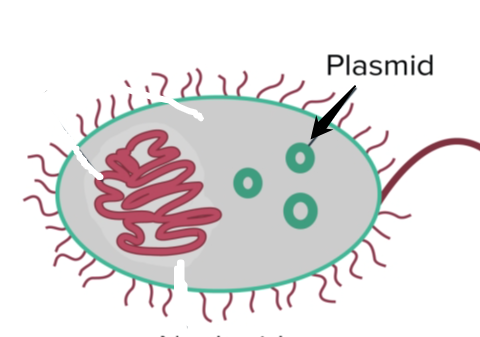
Ribosomes
are the cellular organelles responsible for protein synthesis and are considered the protein factories of the cell. They are particularly abundant in cells that synthesize large amounts of protein.
